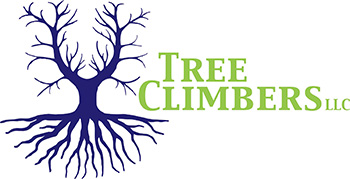The amount of live tissue that should be removed depends on the tree size, species, and age, as well as the pruning objectives. Younger trees tolerate the removal of a higher percentage of living tissue better than mature trees do. An important principle to remember is that a tree can recover from several small pruning wounds faster than from one large wound.
A common mistake is to remove too much inner foliage and small branches. It is important to maintain an even distribution of foliage along large limbs and in the lower portion of the crown. Over thinning reduces the tree’s sugar production capacity and can create tip-heavy limbs that are prone to failure (lions tailing).
Mature trees should require little routine pruning. A widely accepted rule of thumb is never to remove more than one-quarter of a tree’s leaf-bearing crown. In a mature tree, pruning even that much could have negative effects. Removing even a single, large-diameter limb can create a wound that the tree may not be able to close. The older and larger a tree becomes, the less energy it has in reserve to close wounds and defend against decay or insect attack. The pruning of large mature trees is usually limited to removal of dead or potentially hazardous limbs.
